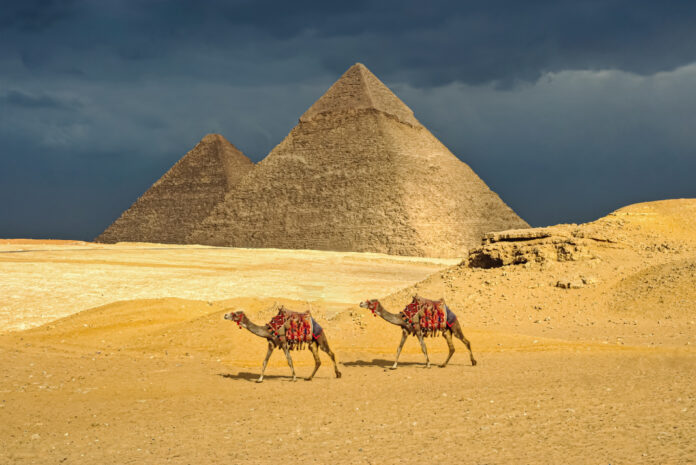Egyptian archeologists discover 4300-year-old mummy on Thursday
Last week, a team of Egyptian archeologists discover 4300-year-old mummy and possibly the oldest Egyptian mummy ever found. Covered in gold, the mummy was discovered in a tomb in the city of Saqqara, located south of Cairo, and is estimated to be well over 4000 years old.
Named “Hekashepes”, the mummy was found down a 50-foot shaft where three other tombs were also found, along with other items including pottery, relics, statues, and amulets. The discovery is significant because it sheds new light on the burial practices of ancient Egypt and suggests that the use of gold in funerary rites was much more widespread than previously thought.
“I put my head inside to see what was inside the sarcophagus: A beautiful mummy of a man completely covered in layers of gold,” said Zahi Hawass, the director of the team of archeologists and a former Minister of Antiquities for Egypt.
“This discovery is so important as it connects the kings with the people living around them,” said archaeologist Ali Abu Deshish in an interview with the BBC as the archeologists discover 4300-year-old mummy
Saqqara, a site that’s listed as a UNESCO World Heritage Site, has been an active burial site for more than 3000 years. More than a dozen pyramids, including the Step Pyramid which is close to where the shaft containing the Hekashepes was discovered, are located at this UNESCO World Heritage Site, as it was originally the ancient Egyptian capital Memphis.
Just a day prior to the new events as the Egyptian archeologists discover 4300-year-old mummy, experts in Luxor have discovered a residential city from the Roman era that dates back to the second and third centuries. The archeologists there found homes, towers, and what they have dubbed “metal workshops” that contained pots, utensils, and Roman coins.
